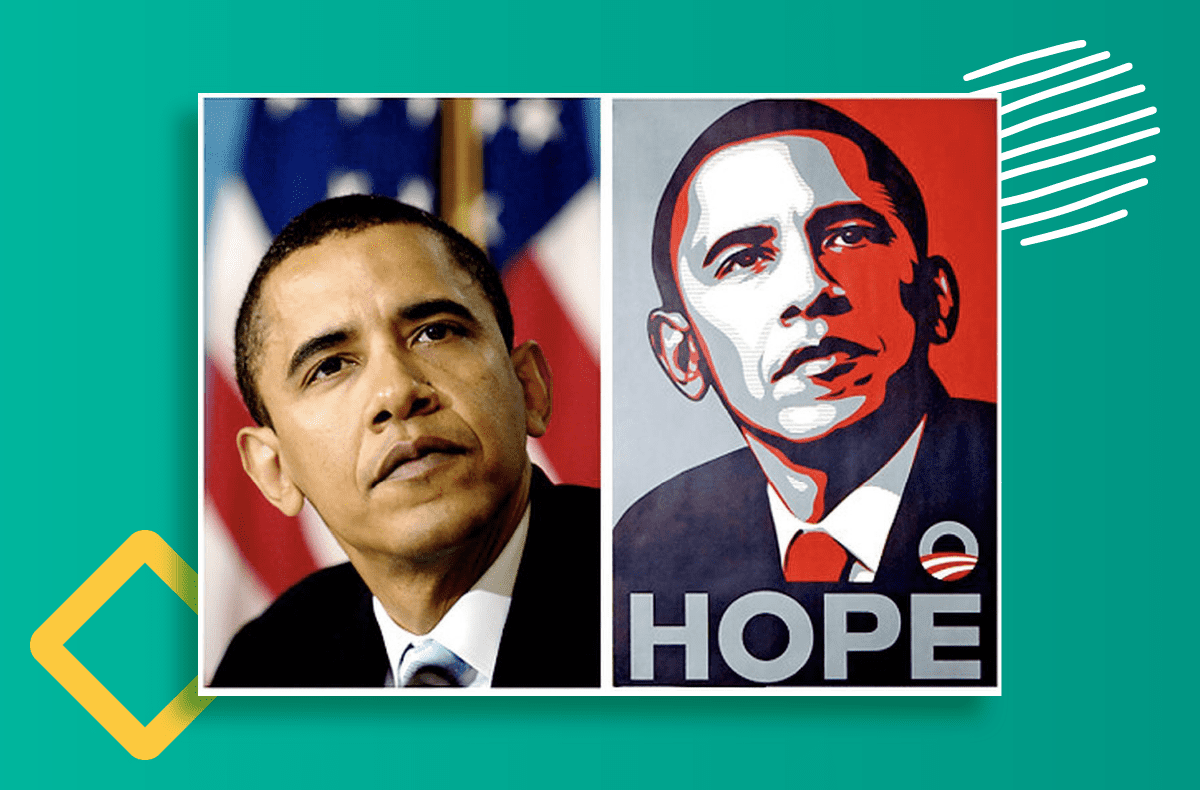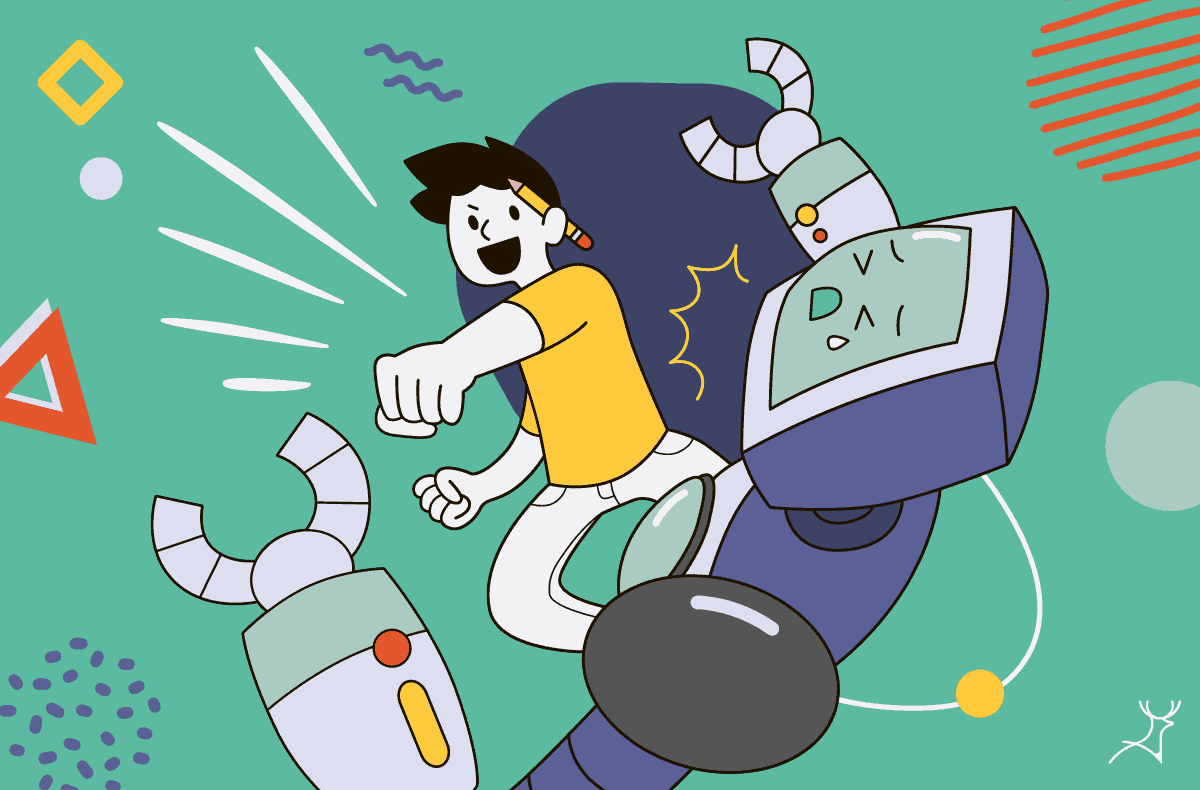Imitation VS Inspiration: How to spot a plagiarized design
When we see something new on the internet that looks familiar, chances are we’ve already seen it somewhere else.
The thing is, it’s hard to tell who copied whom. But a keen observer, especially the original artist, can tell the slightest modification in colour, curve, or speck on the wall.
If you own an agency that provides design for your clients, design plagiarism is a big deal for you. It can break trust and ultimately put you out of business. Read on to know how you can protect your business.
Copying vs. Being Inspired: What’s the difference?
I’ll be honest, copying per se isn’t bad. It’s literally how humans learn. Don’t we all? Babies copy and imitate their parents until they form their own unique personalities.
The problem is when people can’t stop copying. If they simply imitate creative work, growing as an artist or as a creator stops. The copycat is only a poor clone of the original.
To be inspired is when a person outgrows copying and starts creating something new out of the bits and pieces they learn every day. What makes it whole and unique is when they make the piece better.
When a copy is more famous than the original
A photograph of Barack Obama was published in The New York Times in 2006.
Two years later, Shepard Fairey, a New York-based street artist, created a poster. His design became a symbol of “hope” for Obama’s first presidential bid.

Associated Press disclosed in 2009 that the Obama photograph, on which Fairey’s controversial poster design was allegedly based, was originally taken by AP freelance photographer Manny Garcia.
AP demanded that it be compensated for Fairey’s unauthorized use of the photo. But he invoked the Fair Use policy in his defence, arguing that his work didn’t compromise the value of the original image.
The dispute was finally resolved in January 2011 before it could even be filed in court. Manny Garcia was honest enough to admit that if it hadn’t been for Fairey’s poster, his photograph couldn’t have reached the height of fame it had.
The problem boiled down to the lack of attribution. The photo was used without consent from Garcia as the originator.
How to avoid copyright problems
Get materials from the public domain
Seventy years after an author’s death, the copyright expires, and his work will be assigned to the public domain through the Creative Commons licensing.
These materials and other artworks are available for both personal and commercial purposes.
Always ask permission when using anything that isn’t yours
Every work we see on the web comes with a price. Without expressed permission, the author still has the option to sue if they so wish. Remember to keep a record of the permissions you receive for future reference.
Pay for the design
If you don’t feel like sourcing materials from the public domain, some websites sell licensed images or photographs for reasonable prices. Investing in some is better than spending more on lawsuits for copyright infringement.
Hire a designer that can recreate a design
The best option is to have a designer create something original. Professional designers are well exposed to what has been created so they know how to avoid plagiarism.
Get more than one source of inspiration to combine the best elements.
Tools to use to “check” if a design is copied
To protect your company from any design disputes, you can double-check if a design is plagiarised. Here are some tools you can use to check:
- Google Image Search. Upload the image or paste the image URL to the search bar then Google will generate similar images. If you see a similar image, it may be plagiarised.
- Pinterest or Free Vector Sites. Use the keyword of the main image in the logo to search in the database (i.e. Turtle logo, Star logo). Similar logo designs with the main image will show up.
- TinEye is a reverse image search engine that can be used to locate a particular photograph or image, find other modified versions of it, or how it’s used.
- Pixsy can also check and locate plagiarized images. The platform provides the necessary tools and services to authors and other creatives whose works have been stolen, plagiarized, or used without permission.
Law on design plagiarism
The rules vary based on the country your business is registered in but the essence is more or less the same: to protect the originator’s rights.
In U.K.’s Copyright Law, there are three requirements that must be fulfilled in order to classify an act as plagiarism:
- Using others’ artwork without permission;
- Using the artwork to gain profits or cause the original creator to lose profits; and
- Included in copyright protection
Paying homage the right way
Deer Designers receive tons of design inspiration every day. Take a look at the designs below how they recreate designs from inspiration.
You will notice that the core message is the same but the imagery, colours, and elements are better and totally different.
Inspiration is the best form of flattery
When it comes to design, inspiration is better than imitation. As a designer, the key to avoiding design plagiarism is “improvement”.
If the designer is able to make the original design better with different imagery and elements, then it is a good rendition.
Use the tools to cross-check designs to protect your company and consider subscribing to an on-demand design service. It is the best option to avoid design copyright complaints because you’re assured of original designs every single time.






